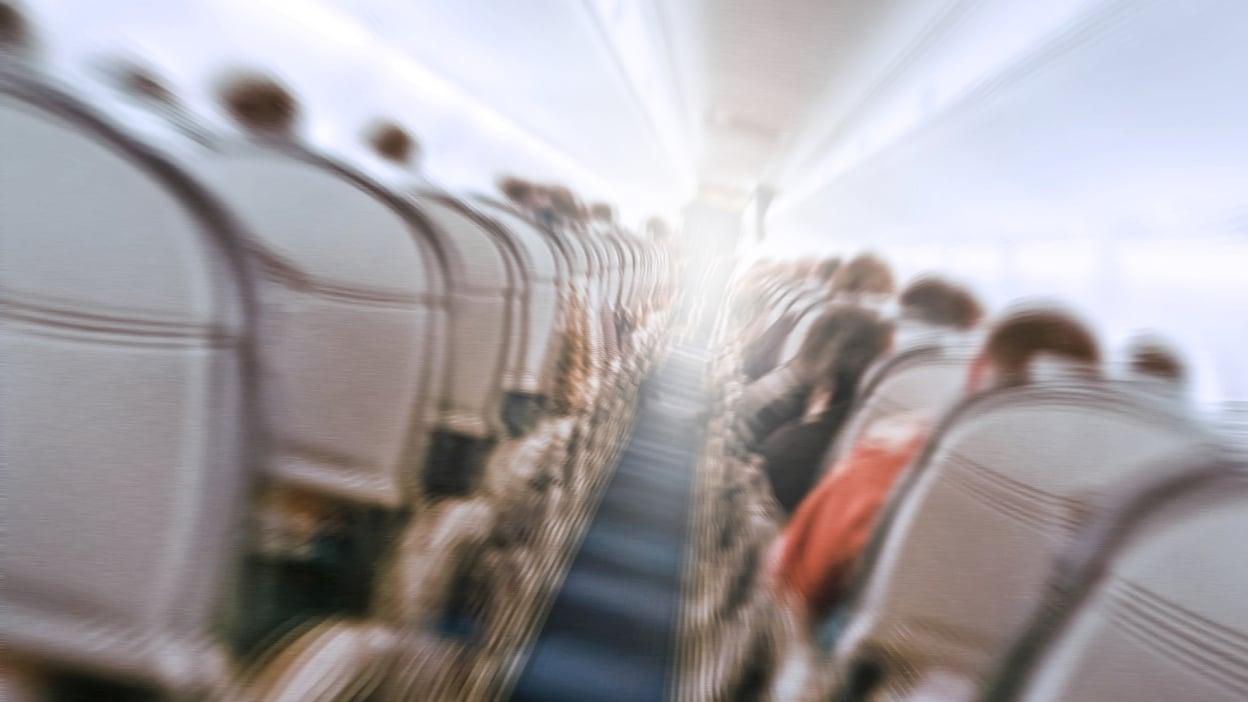If you’re a nervous flyer, you may have noticed that airplane turbulence seems to be on the rise. According to a recent study published in the journal Geophysical Research Letters, scientists have found that turbulence is becoming more frequent and severe due to climate change.
Turbulence is caused by various factors, such as wind patterns, atmospheric pressure, and jet streams. As the Earth’s climate continues to warm, these factors are becoming more unpredictable and turbulent, leading to a bumpy ride for passengers.
One of the main reasons for the increase in turbulence is the strengthening of the jet stream. The jet stream is a high-altitude, fast-flowing air current that circles the globe and plays a significant role in shaping weather patterns. As the Earth’s temperature rises, the temperature difference between the equator and the poles decreases, causing the jet stream to become more intense and meandering. This results in more turbulent air pockets for airplanes to navigate through.
Another factor contributing to the worsening turbulence is the increase in thunderstorms and extreme weather events. Climate change is leading to more intense and frequent thunderstorms, which can create strong updrafts and downdrafts that can jostle planes in the air.
Scientists also point to the melting of Arctic sea ice as a contributing factor to increased turbulence. As the Arctic warms at a faster rate than the rest of the planet, it disrupts global weather patterns, leading to more turbulence in the atmosphere.
So, what does this mean for travelers? While turbulence is a common phenomenon and generally not dangerous, the increase in frequency and severity of turbulence may result in a bumpier ride for passengers. Airlines are continuously monitoring weather patterns and turbulence forecasts to ensure the safety and comfort of their passengers.
In conclusion, the rise in airplane turbulence can be attributed to the changing climate and the impact it has on atmospheric conditions. As we continue to see the effects of climate change, it is essential for both scientists and airline companies to adapt and prepare for the challenges that come with it.

